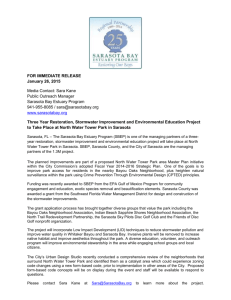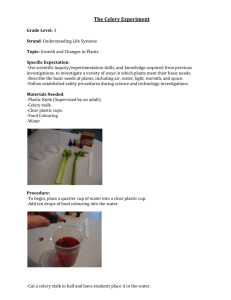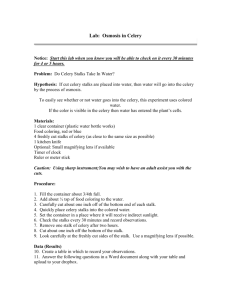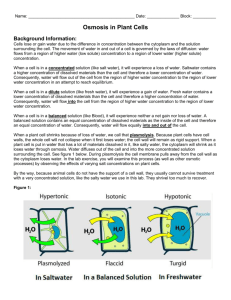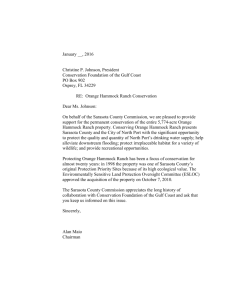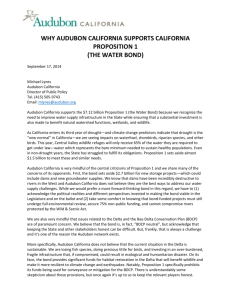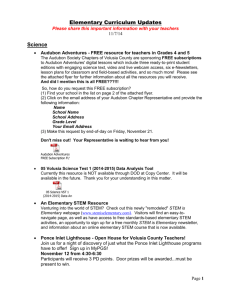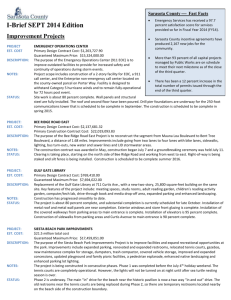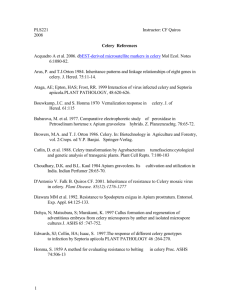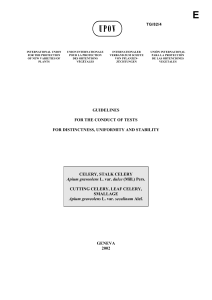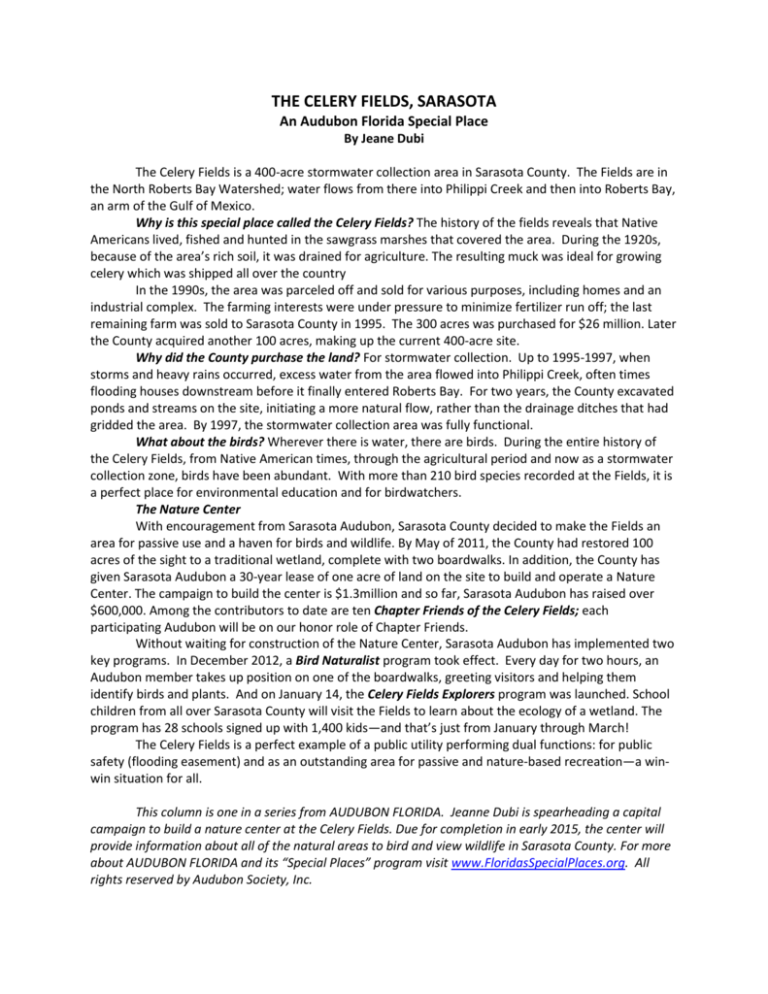
THE CELERY FIELDS, SARASOTA
An Audubon Florida Special Place
By Jeane Dubi
The Celery Fields is a 400-acre stormwater collection area in Sarasota County. The Fields are in
the North Roberts Bay Watershed; water flows from there into Philippi Creek and then into Roberts Bay,
an arm of the Gulf of Mexico.
Why is this special place called the Celery Fields? The history of the fields reveals that Native
Americans lived, fished and hunted in the sawgrass marshes that covered the area. During the 1920s,
because of the area’s rich soil, it was drained for agriculture. The resulting muck was ideal for growing
celery which was shipped all over the country
In the 1990s, the area was parceled off and sold for various purposes, including homes and an
industrial complex. The farming interests were under pressure to minimize fertilizer run off; the last
remaining farm was sold to Sarasota County in 1995. The 300 acres was purchased for $26 million. Later
the County acquired another 100 acres, making up the current 400-acre site.
Why did the County purchase the land? For stormwater collection. Up to 1995-1997, when
storms and heavy rains occurred, excess water from the area flowed into Philippi Creek, often times
flooding houses downstream before it finally entered Roberts Bay. For two years, the County excavated
ponds and streams on the site, initiating a more natural flow, rather than the drainage ditches that had
gridded the area. By 1997, the stormwater collection area was fully functional.
What about the birds? Wherever there is water, there are birds. During the entire history of
the Celery Fields, from Native American times, through the agricultural period and now as a stormwater
collection zone, birds have been abundant. With more than 210 bird species recorded at the Fields, it is
a perfect place for environmental education and for birdwatchers.
The Nature Center
With encouragement from Sarasota Audubon, Sarasota County decided to make the Fields an
area for passive use and a haven for birds and wildlife. By May of 2011, the County had restored 100
acres of the sight to a traditional wetland, complete with two boardwalks. In addition, the County has
given Sarasota Audubon a 30-year lease of one acre of land on the site to build and operate a Nature
Center. The campaign to build the center is $1.3million and so far, Sarasota Audubon has raised over
$600,000. Among the contributors to date are ten Chapter Friends of the Celery Fields; each
participating Audubon will be on our honor role of Chapter Friends.
Without waiting for construction of the Nature Center, Sarasota Audubon has implemented two
key programs. In December 2012, a Bird Naturalist program took effect. Every day for two hours, an
Audubon member takes up position on one of the boardwalks, greeting visitors and helping them
identify birds and plants. And on January 14, the Celery Fields Explorers program was launched. School
children from all over Sarasota County will visit the Fields to learn about the ecology of a wetland. The
program has 28 schools signed up with 1,400 kids—and that’s just from January through March!
The Celery Fields is a perfect example of a public utility performing dual functions: for public
safety (flooding easement) and as an outstanding area for passive and nature-based recreation—a winwin situation for all.
This column is one in a series from AUDUBON FLORIDA. Jeanne Dubi is spearheading a capital
campaign to build a nature center at the Celery Fields. Due for completion in early 2015, the center will
provide information about all of the natural areas to bird and view wildlife in Sarasota County. For more
about AUDUBON FLORIDA and its “Special Places” program visit www.FloridasSpecialPlaces.org. All
rights reserved by Audubon Society, Inc.
Boardwalk into the Celery Fields
Toledo Blade School Children visiting the Celery Fields

